check out the sensor here:
https://hackaday.io/project/143014-compact-25-spectrometer
This is a spectrometer
The shown height / intensity is normalized in all three modes. The right bar shows calculated intensity (µw per cm^2 per IntTime) or % of T/R coefficient. In the top / middle the used dynamic range of the channel with the highest value in % is show underneath the sum of intensity all channels.
The optical cable is some old audio SPDIF cable and ends in front of a diffuser, covering the sensor (the diffuser must come out, when probing R & T). It used to have a good transmittance over the used range. The LEDs are between 405 nm and 933 nm. I made reference measurements of all of them with a 1000 line Spectrometer (the range is actually from 396.0 nm up to 933.9 nm.
Case V1 (not my design): https://www.thingiverse.com/thing:146...
Case V2 : https://www.thingiverse.com/thing:334...
I haven't checked the intensity, but i have noticed a drift in 2 or 3 channels over time while probing low to very low intensities (610, 680 and 705 nm it was).
I have checked other spectra with good results. To reference the reflected LED intensity is/was quite tricky; i could not repeat the result of a reflective surface. I think the board re-reflects - i thought of a non glossy black silkscreen or so.. maybe by painting some mate black on it. So to get a good reflective coefficient i think i should let the 'user' make his own reference (100%) measurement.
The transmittive coefficient works like a charm. While entering the T-Mode a automatic reference is taken from the background light. but: you shouldn't move the device after that.
 j
j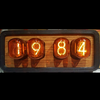
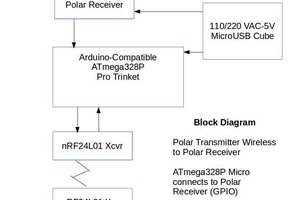
 Grayson Schlichting
Grayson Schlichting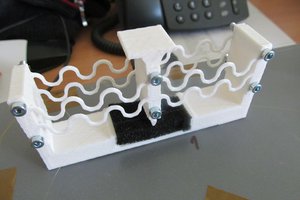
 jaromir.sukuba
jaromir.sukuba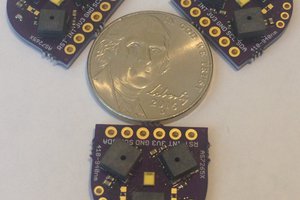
 Kris Winer
Kris Winer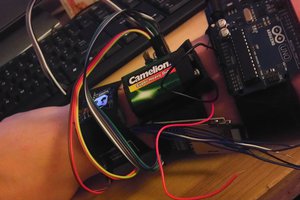
 Marek
Marek
Hi J.
At first, I would like to thank you for your patience and your interest in clarifying doubts. I'm making some progress with the CODE but I still have some questions. Please correct me if I'm wrong.
It seems that you are trying to provide two screens, one with thermal imaging and the other with the emission spectrum of a specific target. However, in your video, I don't see the thermal image.
Another thing I noticed is that the original program is crashing for lack of a library, maybe it's (Interpolation.cpp).
Finally would you like to know if the gain settings are relative to the AMG88 or the AS7265X?
Once again, Thanks for sharing your experience.
Thanks,
Cesar